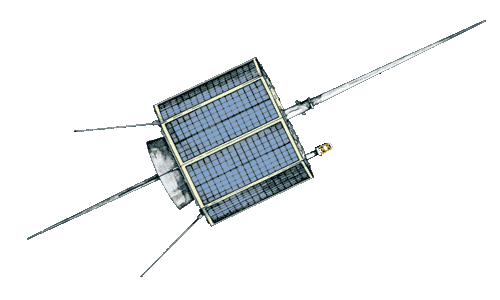 | ||
| http://ukamsat.files.wordpress.com/2012/06/oscar-7-amateur-radio-satellite.gif?w=593 |
Many years ago when I lived in Cambridge I recall listening for the 2m transponder outputs from thse satellites at the topmost end of the band. Using my "Oscarlator" - a paper based calculator one could predict passes in range. The best ones were late at night way out west over the Atlantic, when, for a few minutes Ws and VEs could be heard. Also copyable was HB9HB, a 70cms beacon that got translated to 2m. I never transmitted via satellites then and used a homemade 2m converter feeding an old T28 Codar receiver. Happy days back in the 1970s. I gather Oscar 7 is still up and (sort of) functioning.
See http://www.qsl.net/pe1rah/oscarlator.htm .
Hi Roger,
ReplyDeleteYes it's still up and running !
But only in daylight as the batteries are shot.
It's a long time since I last worked through it though, must be at least 30 years ago - and I used a paper Oscarlocator (which I still have somewhere) to work out the orbits.
I never had to use a paper downlink frequency calculator though :-)
http://www.g6lvb.com/oldtech.htm
The main problem with AO-7 is that the up-link frequency for mode B - is now out of alignment with the Amateur Satellite segment.
Mode switching is a bit erratic too, it depends upon how it 'feels' at the time.
I heard it quite clearly on Thursday this week via our WEB SDR
http://websdr.suws.org.uk/
A few chripy CW stations, 'swishing' carriers and IK8YSS with very warbly SSB was heard on one pass over the UK in the morning.
You can easily use the satellites, even if you can only TX on the 70cm Up-link frequency. I heard myself via Funcube during the transponder tests last weekend by Txing from home on my white stick vertical, and listening (and seeing) myself coming back via the WEB SDR.
Regards,
Martin - G8JNJ
www.g8jnj.webs.com